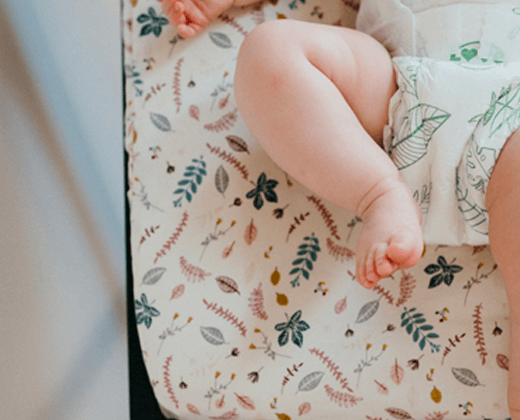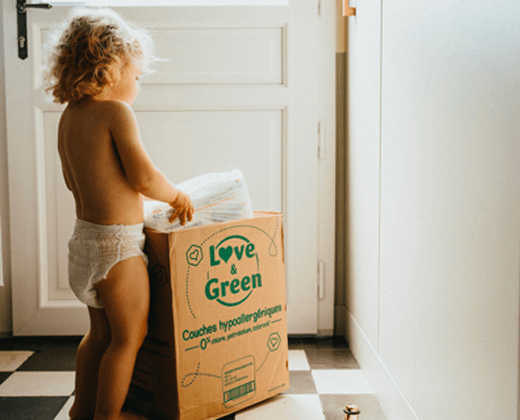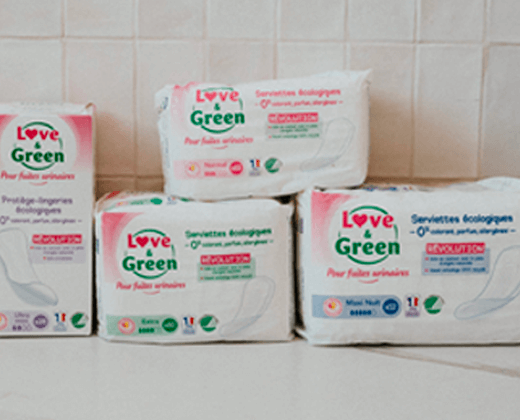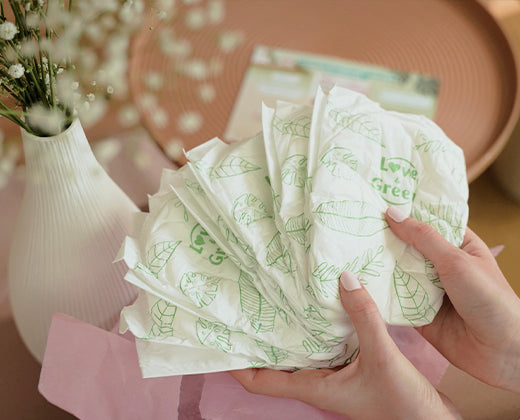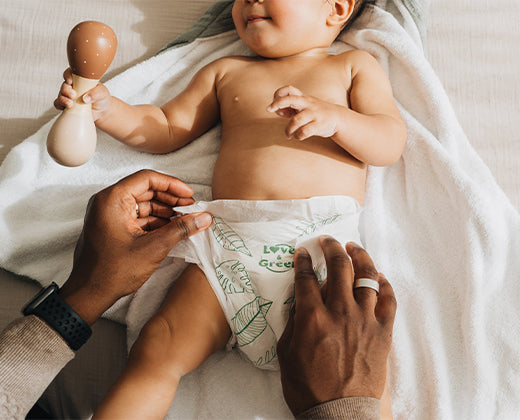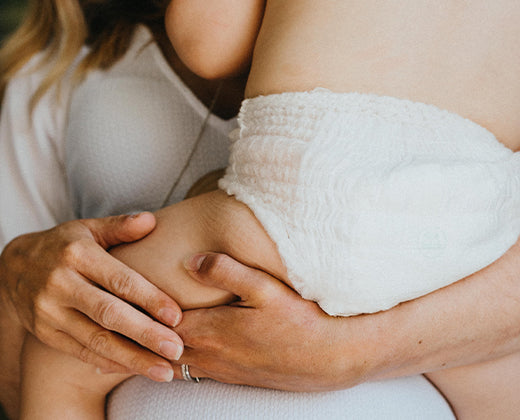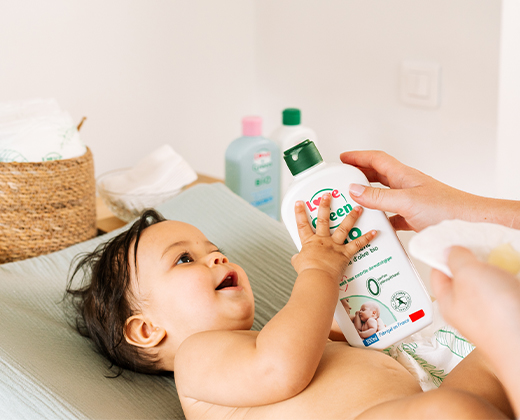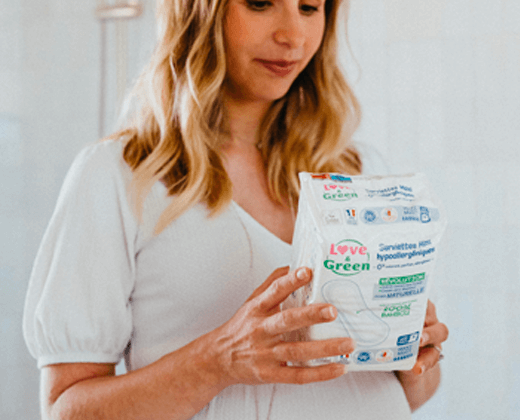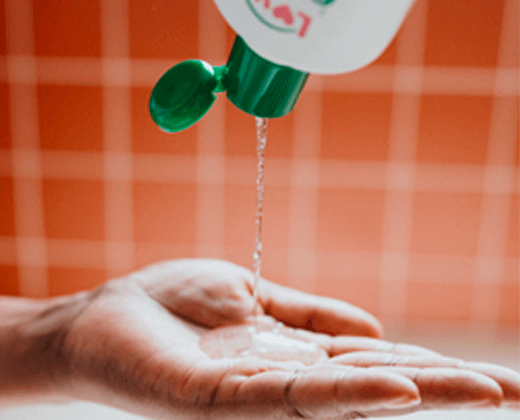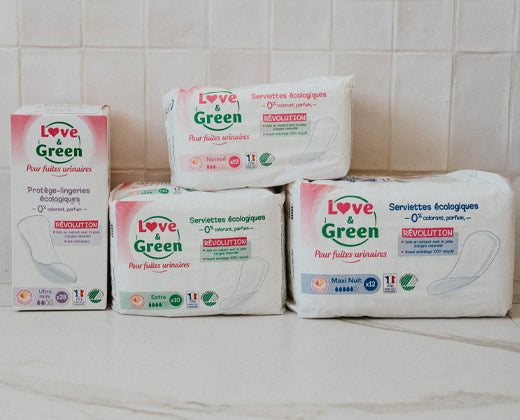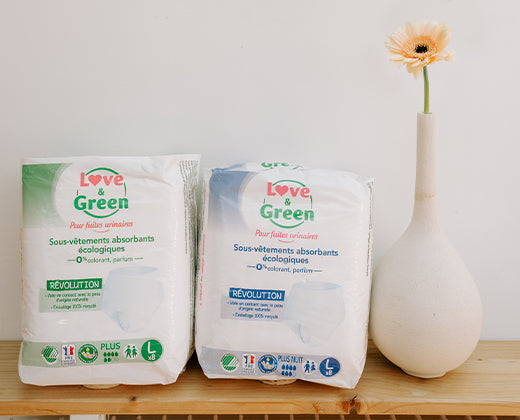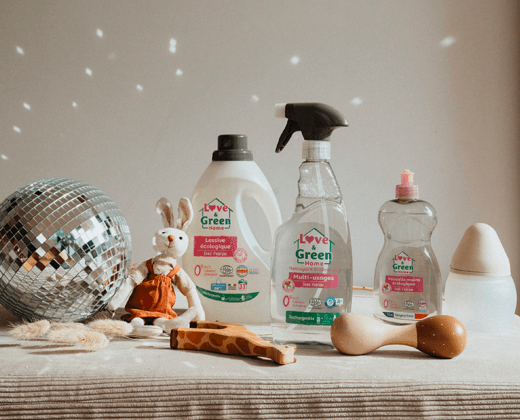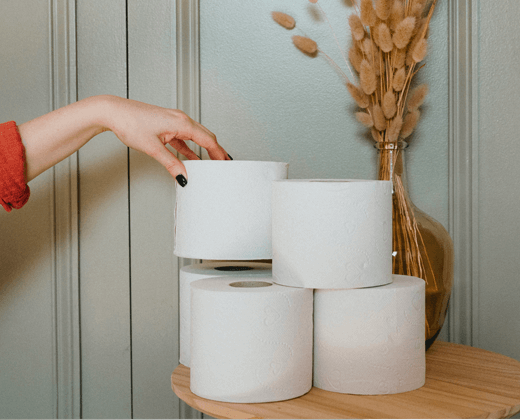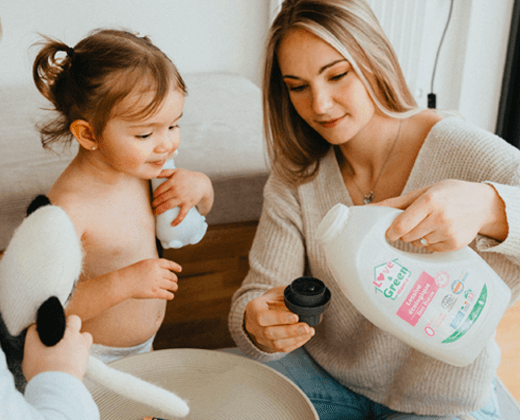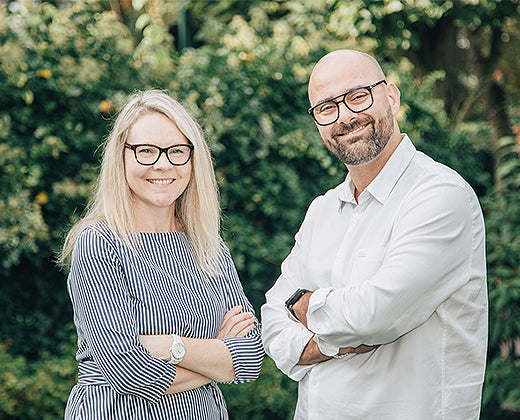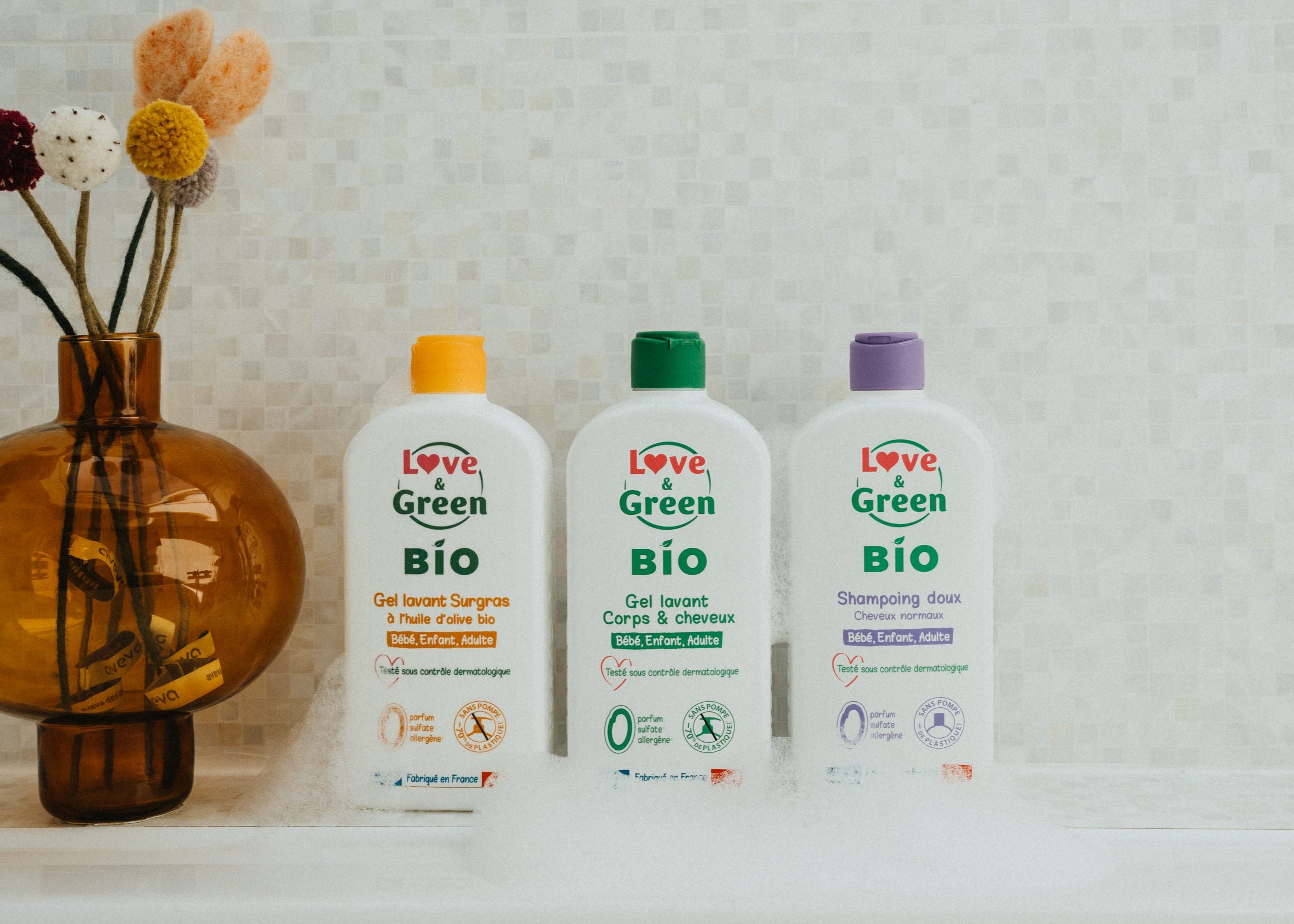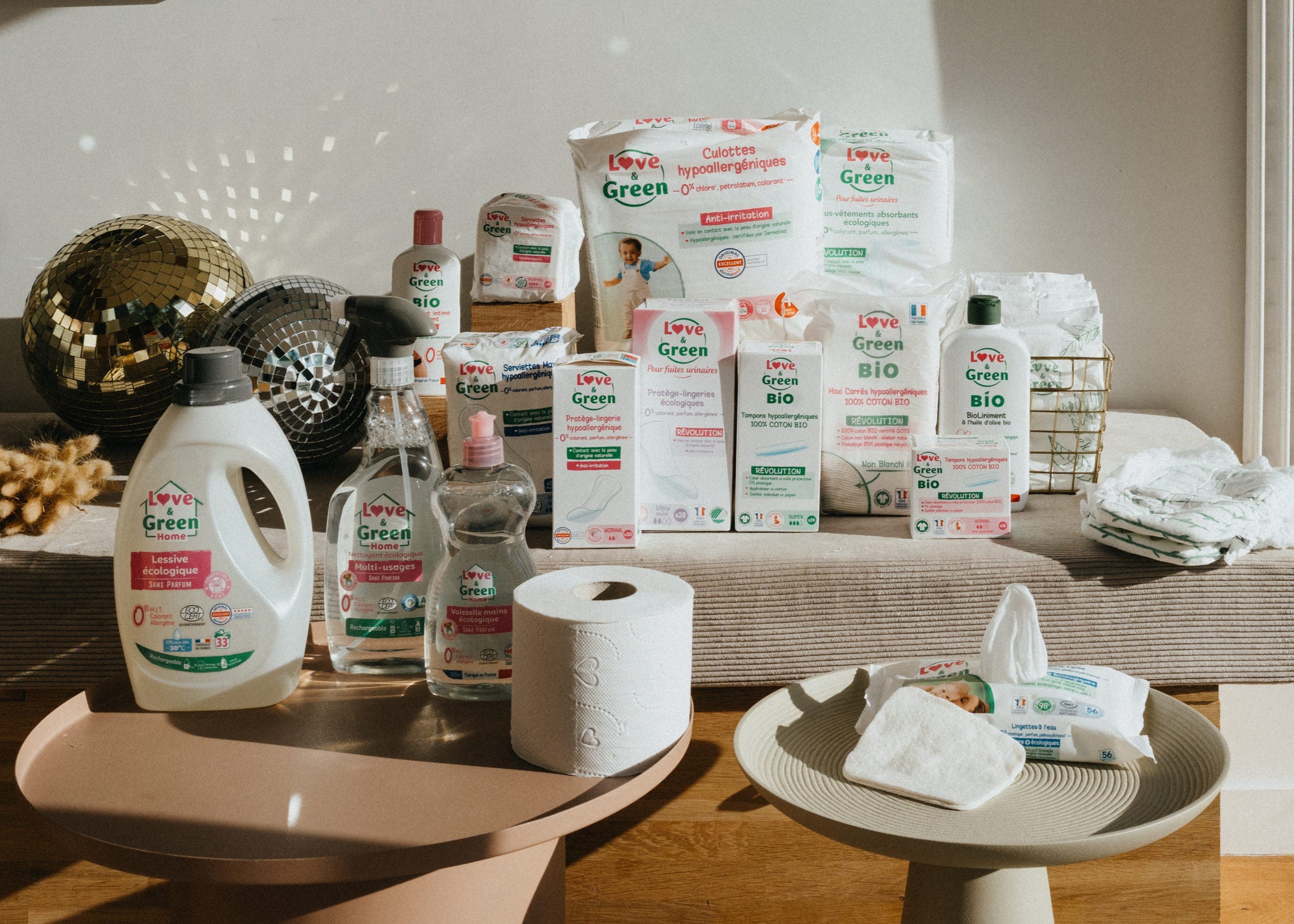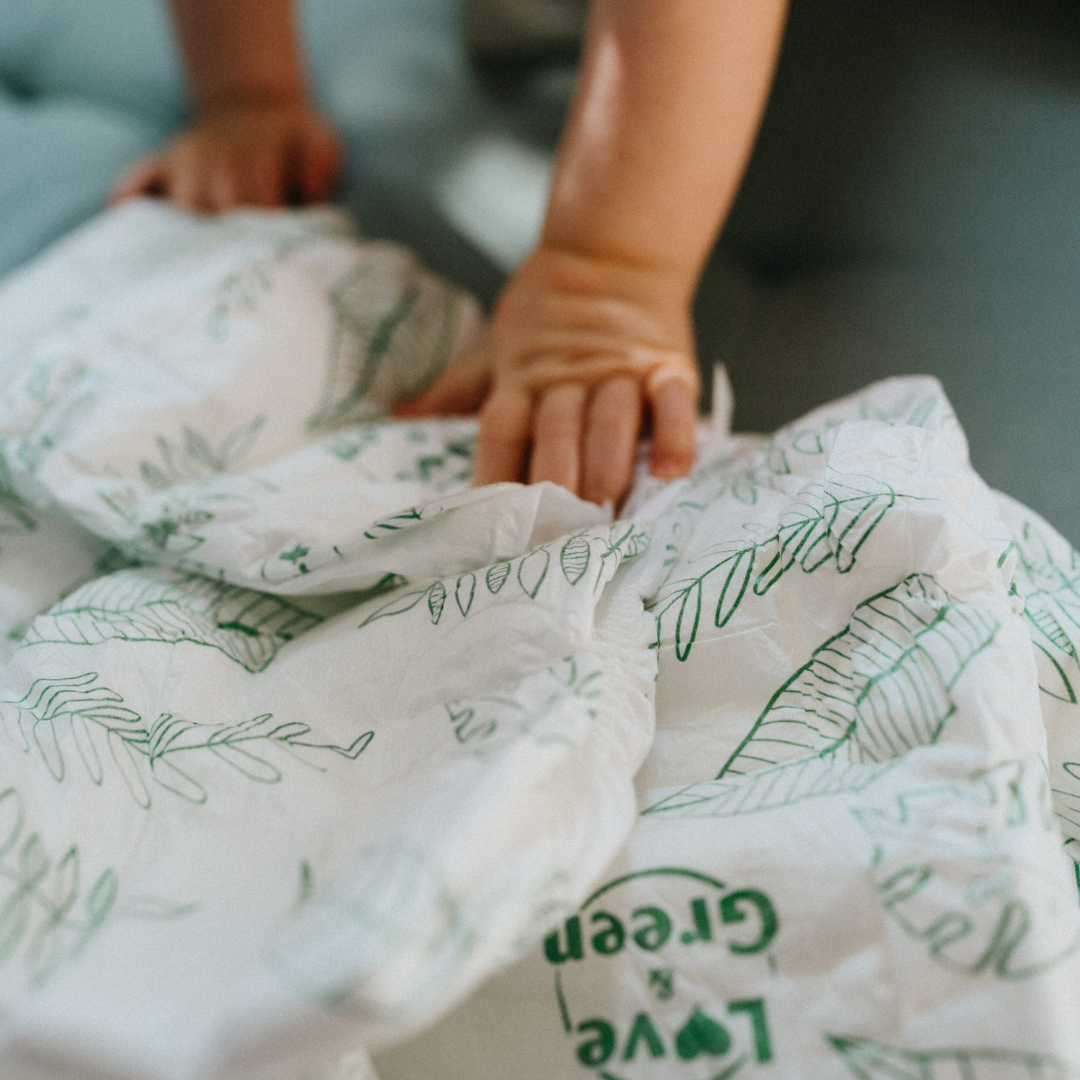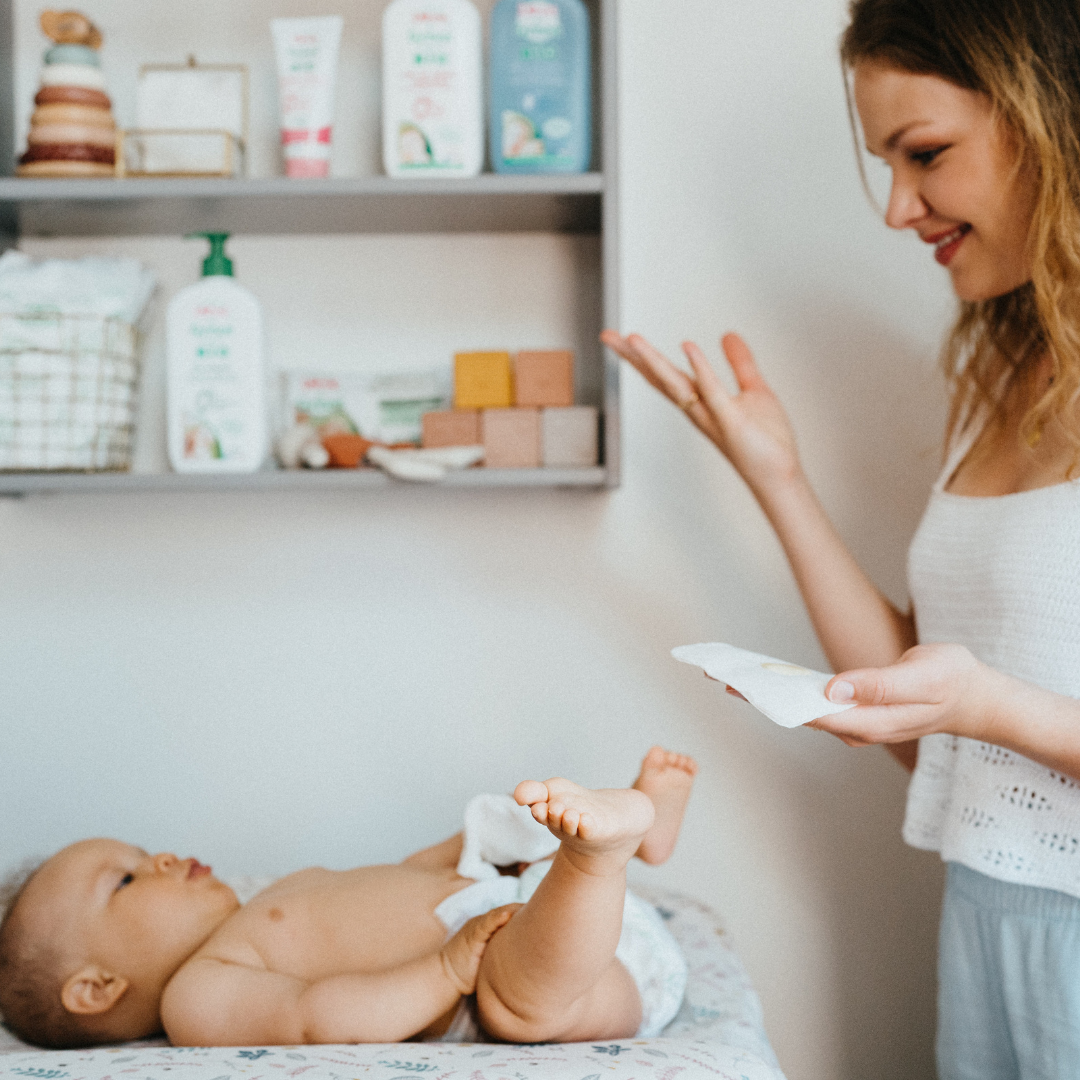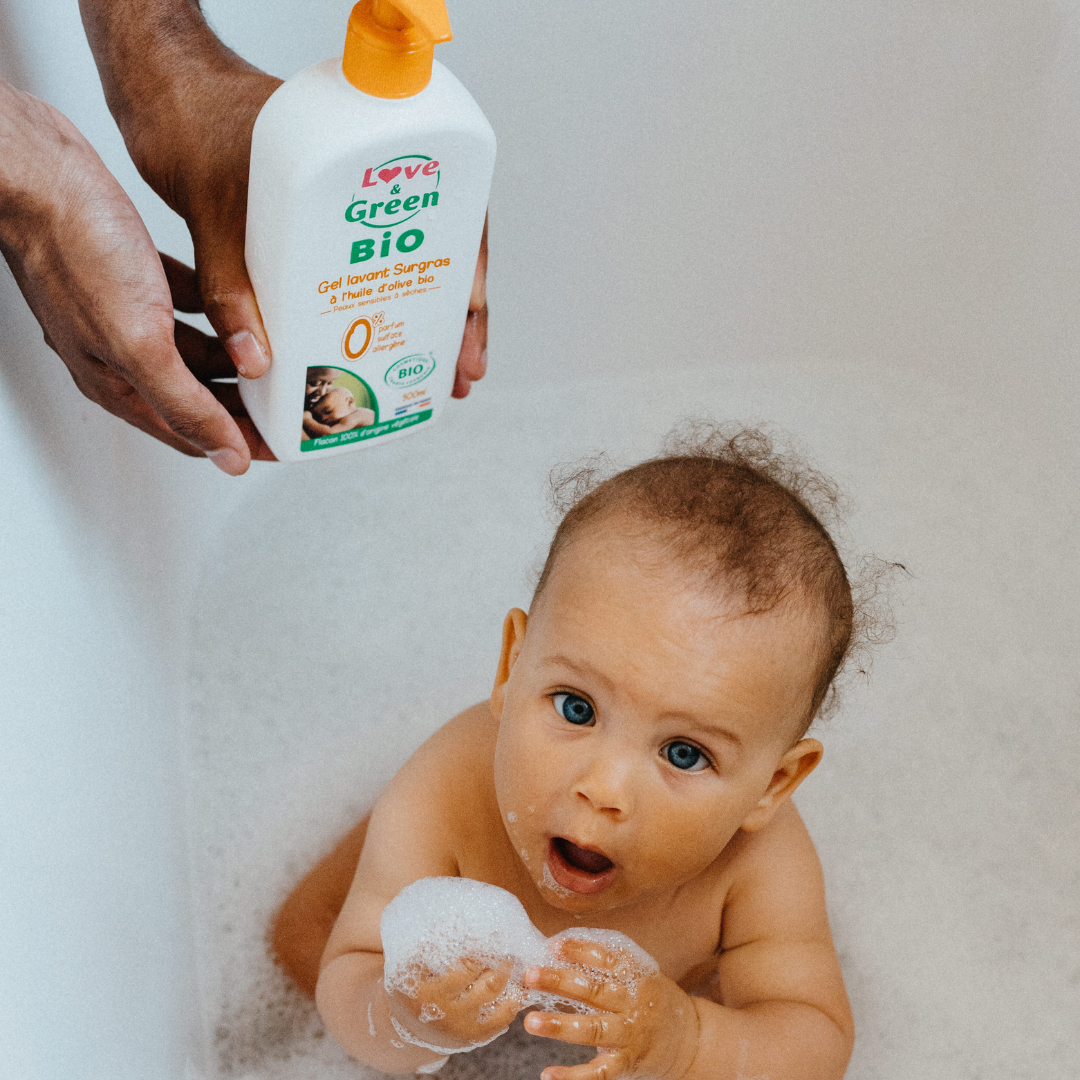What size diaper for my baby?
There diaper size that you should buy for your child depends neither on his age nor his size, but on his build and therefore his weight. Here are the matches you will usually find in store:
- there size 1 for weights from 2 to 5 kg;
- there size 2 for weights from 3 to 6 kg;
- there size 3 for weights from 4 to 9 kg;
- there size 4 for weights from 7 to 14 kg;
- there size 4+ for weights from 9 to 20 kg (it is in fact a diaper of the same size as size 4, but with greater absorbent capacities);
- there size 5 for weights from 11 to 25 kg;
- there size 6 for weights over 15 kg (this is not present in all brands and ranges of diapers, but is present at LoveAndGreen!).
As you can see, the sizes overlap in terms of weight. This allows you to move smoothly from one to the other, without the child being inconvenienced by a diaper that is too small while the next size is larger. It is also advisable to buy diapers for a weight slightly greater than that of your child. This way, it is always comfortable and there is less risk of leaks. With experience, you will quickly get the hang of it and you will know when it is time to move up to the next size. Consider that you will have to change your child six to eight times a day during the first weeks, and sometimes more! You will have ample opportunity to develop your expertise in this area.
Correspondence between the size of the diaper and the age of the child
Two children of the same age can have very different constitutions. This is why the sizes do not apply to an age group. However, to give you an idea, here are the approximate correspondences that can be made between height and age:
- size 1 from birth until two months:
- size 2 from birth until three months;
- size 3 between three and five/six months;
- size 4 between six months and three years;
- size 4+ beyond ten months;
- sizes 5 and 6 beyond 18 months.
What conclusion can we draw from these figures? You should not stock too many diapers of one size or another, because babies grow very quickly, especially in the first months. As for the reserves of large size diapers, they are not necessarily relevant. You never really know at what age a child will be potty trained and it is not an incentive to keep such a large quantity of diapers in a corner of your room.
How many diapers per day for my baby?
THE diaper needs of a baby are important. You have to change him every time he does his business or, in any case, every time you realize that he has done it! This helps prevent diaper rash and other redness on the child's bottom and thighs. On the other hand, when you change your child and you notice that his diaper is dry and light, you can put it back on.
Is there an average of diapers per day depending on the age of the child? In fact, we can estimate that a baby is changed:
- six to eight times a day for the first six months;
- five times a day between six months and a year;
- three to four times a day between one and two years;
- two to three times a day between two and three years old.
The diaper budget: some figures
But how much will all this cost me? you ask yourself. The calculation is relatively easy to do. We can start from the following figures, which indicate the number of diapers a child uses each month depending on their age:
- 190 diapers per month during its first six months;
- 150 diapers per month between six months and one year;
- 90 diapers per month between one and two years;
- 30 monthly diapers between two and three years;
In total, this amounts to 3,480 diapers for a child who will become potty trained around the age of three. The prices of the diapers vary, between 15 and 60 euro cents. Small sizes are of course cheaper than large sizes. An average price of 37 euro cents per diaper ultimately gives an overall budget of €1,287.
This number is entirely estimated, because many imponderables must be taken into account: children who are often sick (gastroenteritis) or not; cleanliness acquired night and day from one year or, on the contrary, which takes longer after three years (which is not unusual or abnormal); etc. In fact, your child will have some surprises in store for you and you will have a lot more to think about than just the number of diapers!

